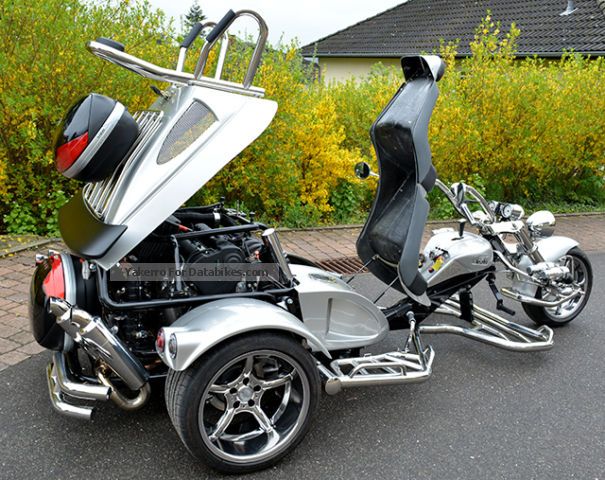

On 25 September 1960, an F4H-1F averaged 1,390.24 mph over a 100 km 62.1-mile closed-circuit course.Operation LANA: On, to celebrate the 50th anniversary of U.S. On 5 September 1960, an F4H-1 averaged 1,216.78 mph over a 311-mile closed-circuit course. Operation Top Flight: On 6 December 1959, the second prototype XF4H-1 zoom climbed to a world record 98,557 feet. Are you ready? There's a pretty good list. Matthew Burchette/Museum of Flight: That's a great question. From the floor of the Museum of Flight, Matthew Burchette explains how engineers tweaked the design to correct the issue.

When McDonnell was evaluating the XF4H-1 prototype in their wind tunnel, tests revealed lateral instability above Mach 2 – in other words, it wanted to roll as it went faster. The F-4 was also known as the "Double Ugly" and "Old Smokey." Even the Germans had a few names for their F-4s, like the Eisenschwein "Iron Pig," Fliegender Ziegelstein "Flying Brick," and Luftverteidigungsdiesel "Air Defense Diesel." I've heard the F-4 originally did not even have a gun. High angle front view of F-4 aircraft being refueled from KC-135 aircraft, as seen from the boom operator's position, during Project Coronet Pinch, a deployment of F-4 aircraft to Germany for a NATO exercise in the Atlantic Ocean. Some of my favorites are "Rhino" and "Snoopy" because of its big nose, "Lead Sled," "Big Iron Sled," "Flying Footlocker," and the "Flying Anvil" because of its bulk. Matthew Burchette/Museum of Flight: The Phantom did have a lot of nicknames – some of the nice, some not so nice. An air-to-air left side view of two Japanese Air Self Defense Force (JASDF) F-4EJ Phantom II aircraft and a United States Air Force (USAF) F-15 Eagle aircraft in formation during the joint JASDF and USAF exercise COPE NORTH 83-4. Here's a fun fact: Great Britain was the only other user (besides the U.S.) to fly the Phantom as a carrier-based aircraft. Some of the top users of the Phantom are Israel, Germany, Iran, Japan, and Great Britain. Matthew Burchette/Museum of Flight: Yes - it's actually a long list. Since there were so many F-4 Phantoms built, are there any countries besides the U.S. Here’s more from Matthew Burchette from the floor of the Museum of Flight. One of the best things about the plane is its engines. What makes the F-4 so great? Some may say it’s not the most “elegant” aircraft.īeauty is in the eye of the beholder, but there are a lot of things that made the F-4 Phantom a great combat aircraft.
There were more than 11,000 of them built.

If you consider all aircraft programs, Russia’s MiG-21 Fishbed takes the prize. Matthew Burchette/Museum of Flight: The F-4 was a real game-changer, and with a total of 5,195 built, it's the most numerous U.S. The F-4 Phantom has been in service for a long time. At a recent Museum Monday event on Twitter, the Boom team explored F-4 history with Seattle’s Museum of Flight and Senior Curator Matthew Burchette.įrom the floor of the Museum, which houses a McDonnell F-4C (F-110A) Phantom II, Burchette answered questions about this supersonic jet that was a regular sight in the sky for close to seven decades. With a 70-year-old icon of the skies like the F-4, there’s much to learn from its development and decades of operation. Nothing gets the Boom team talking more than mentions of seminal aircraft, especially those that advanced aerospace technology while breaking records.


 0 kommentar(er)
0 kommentar(er)
